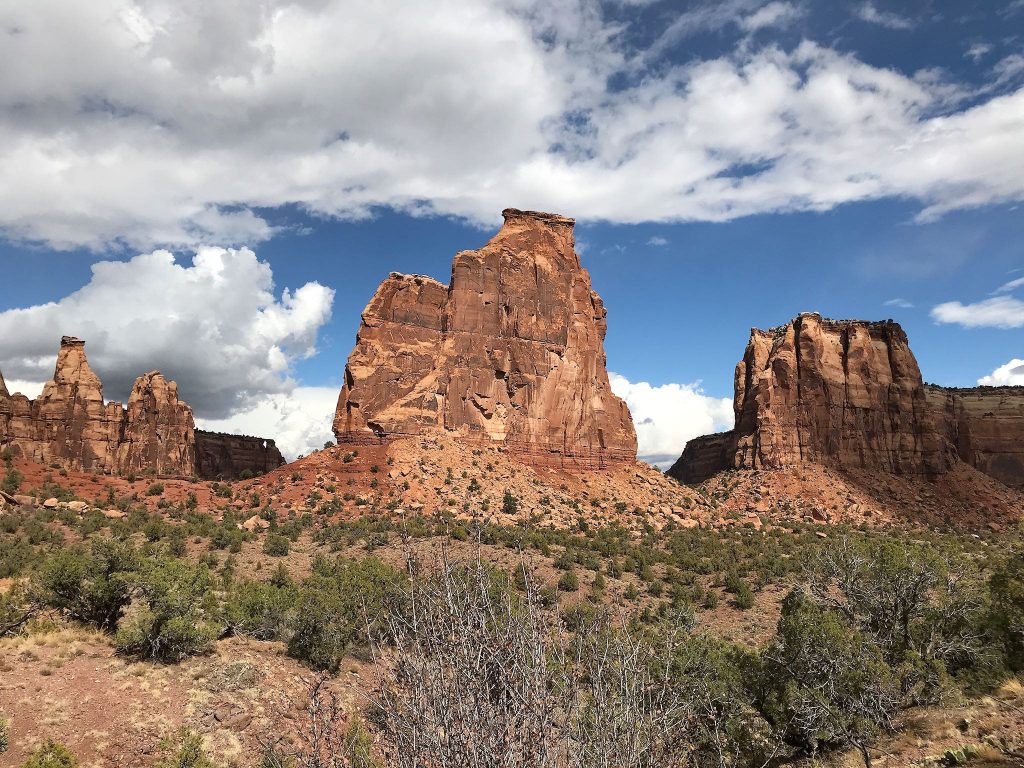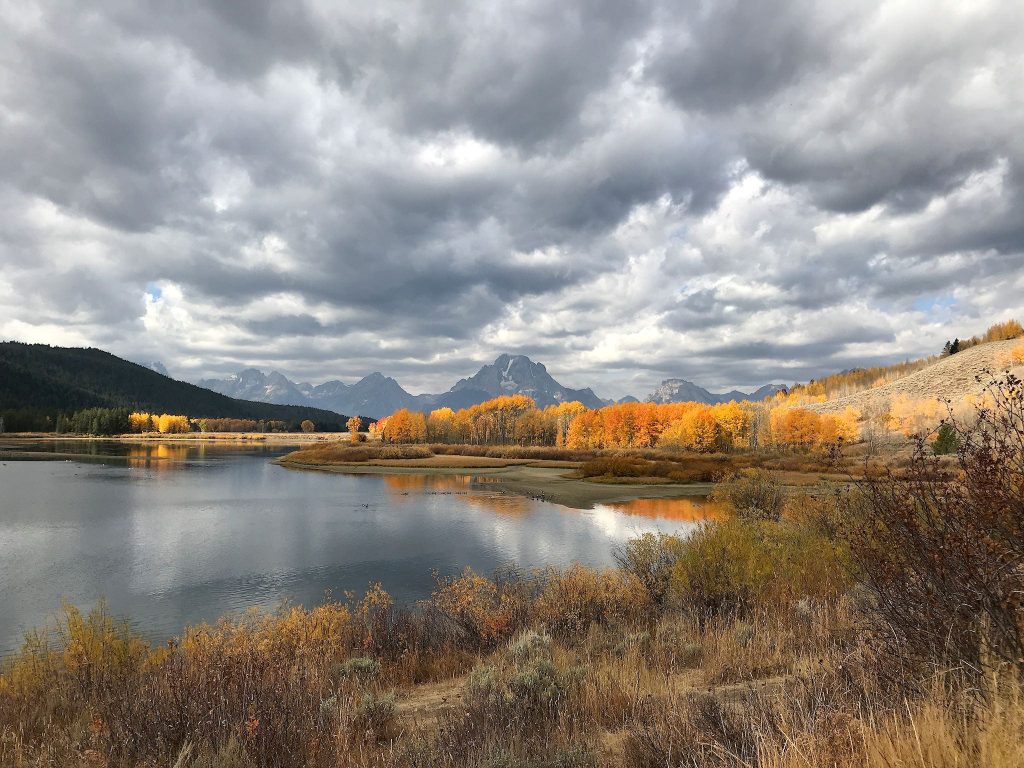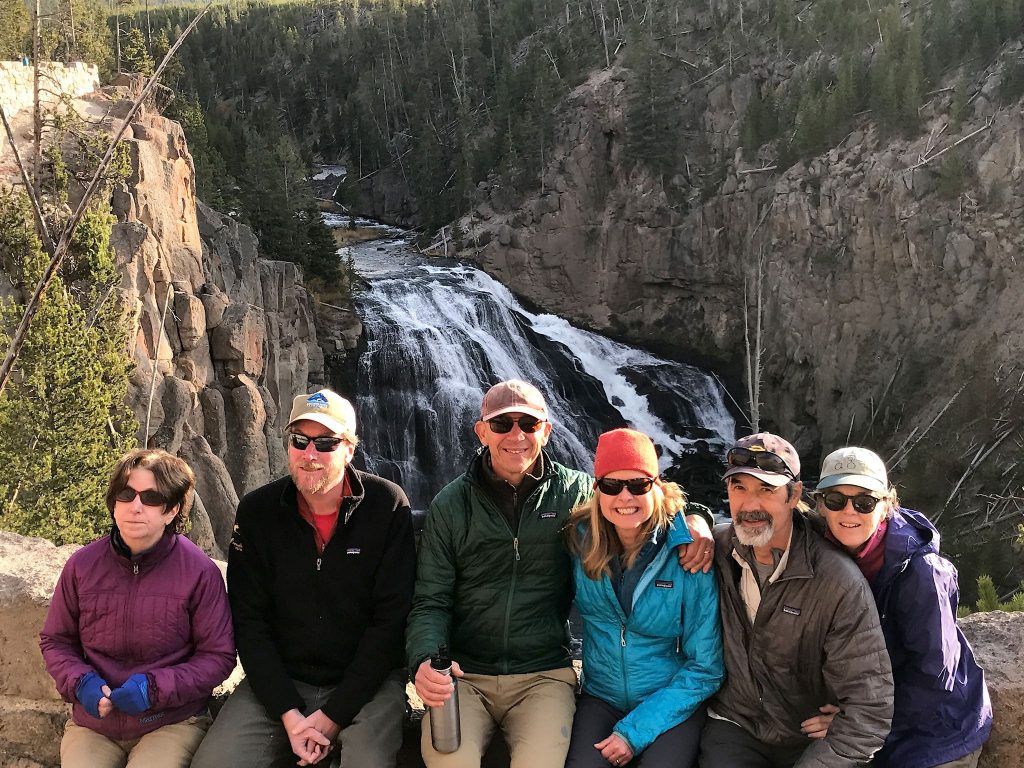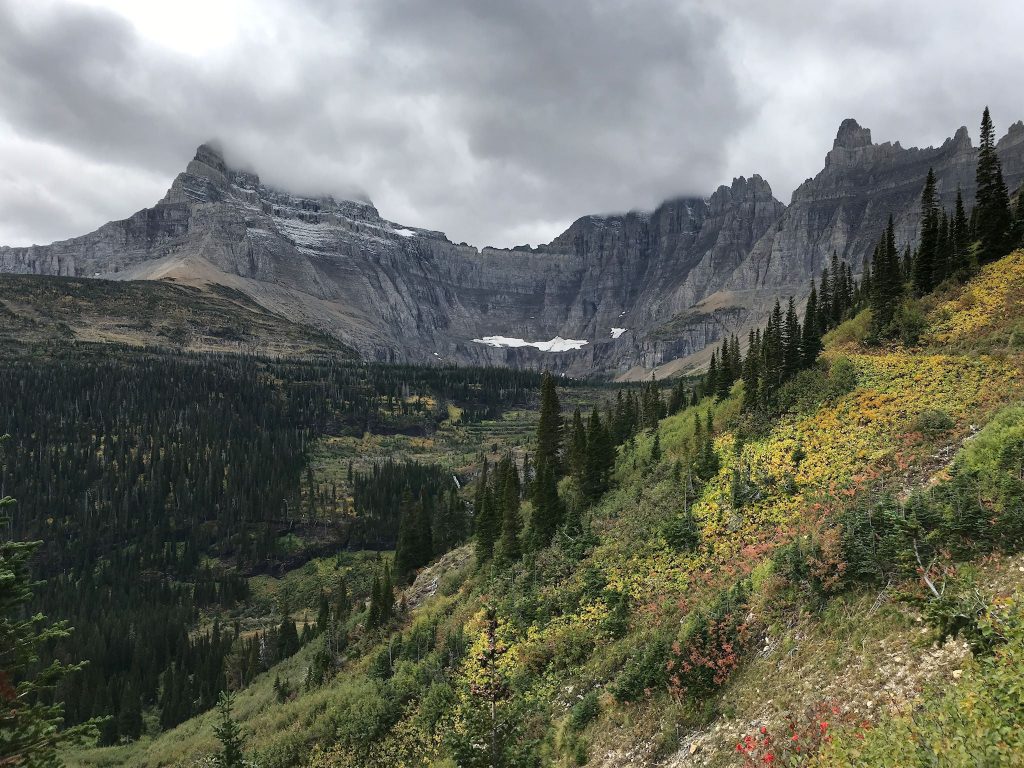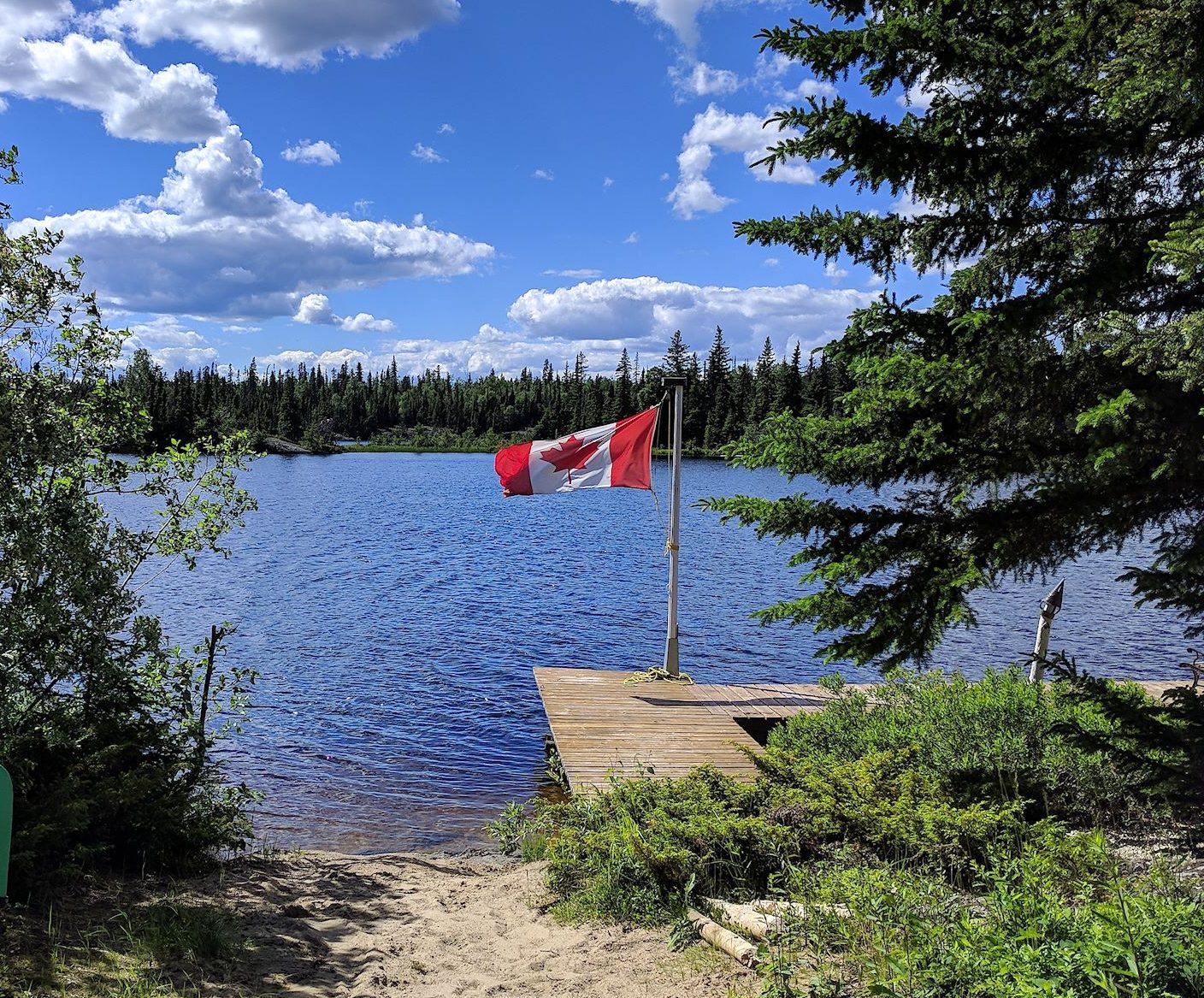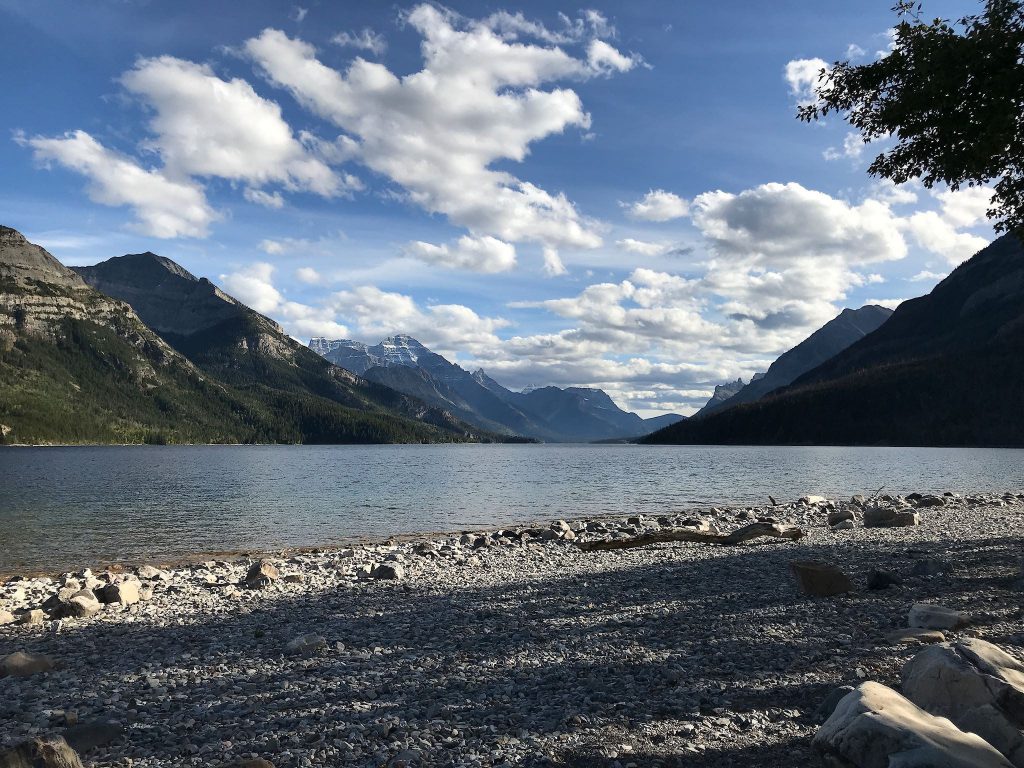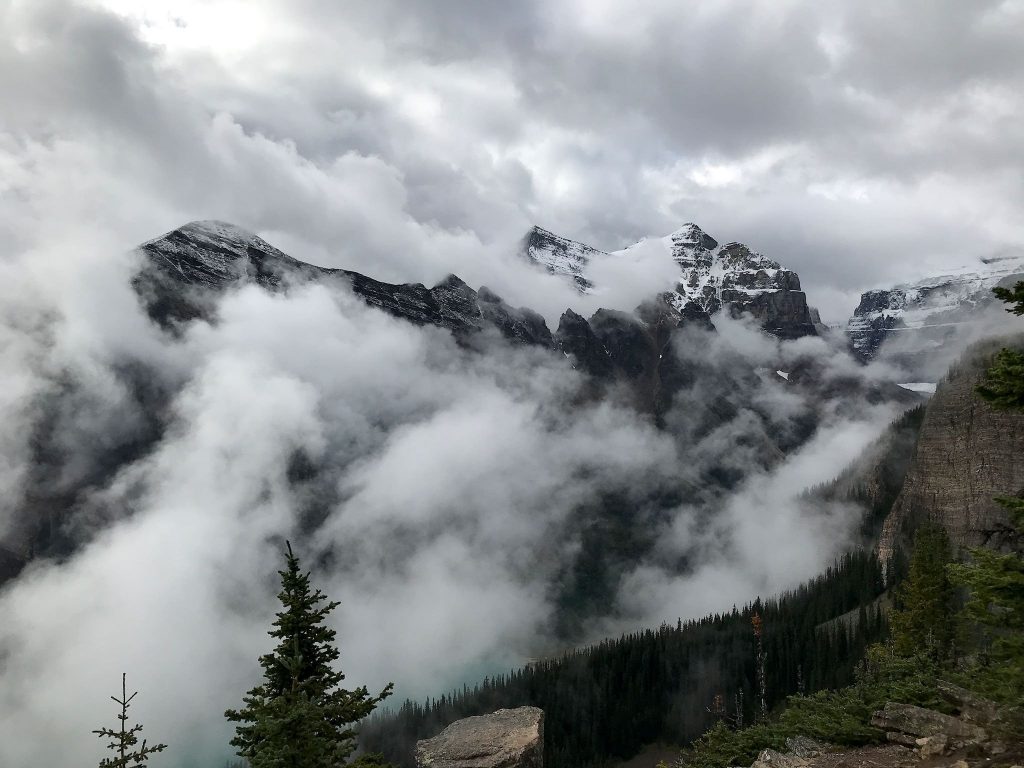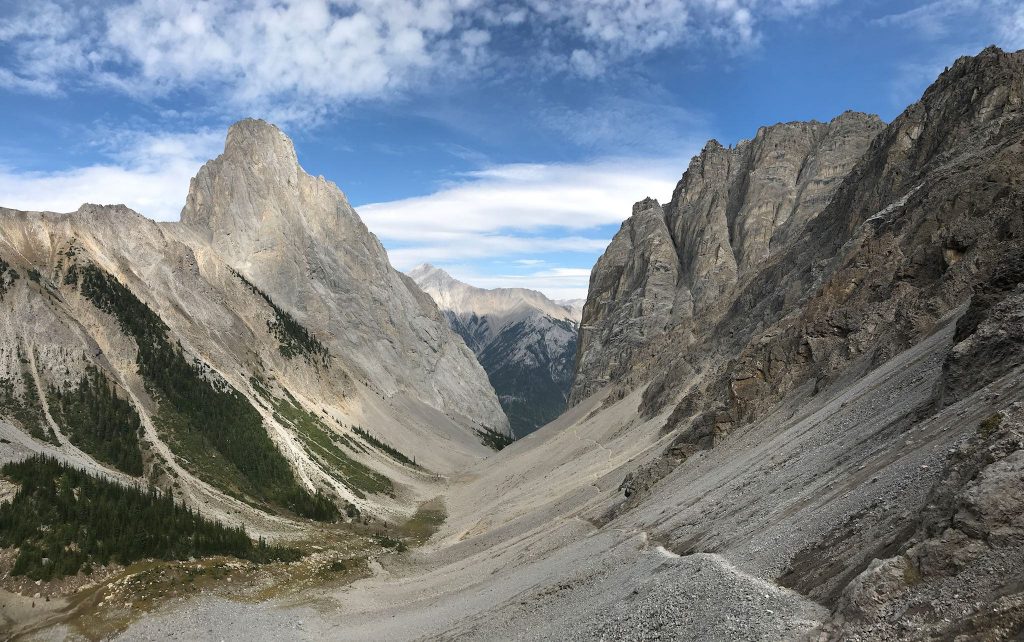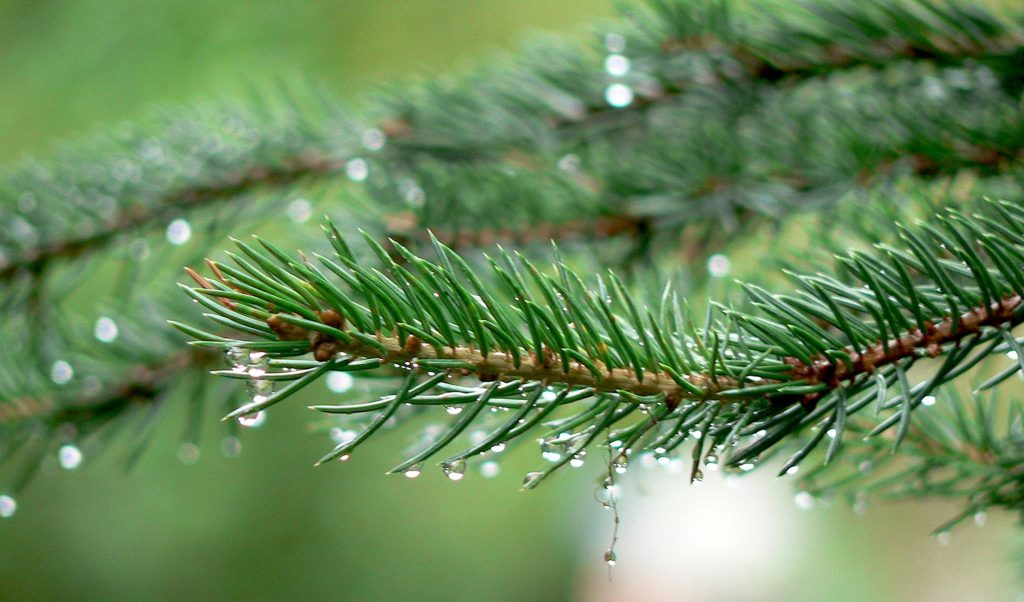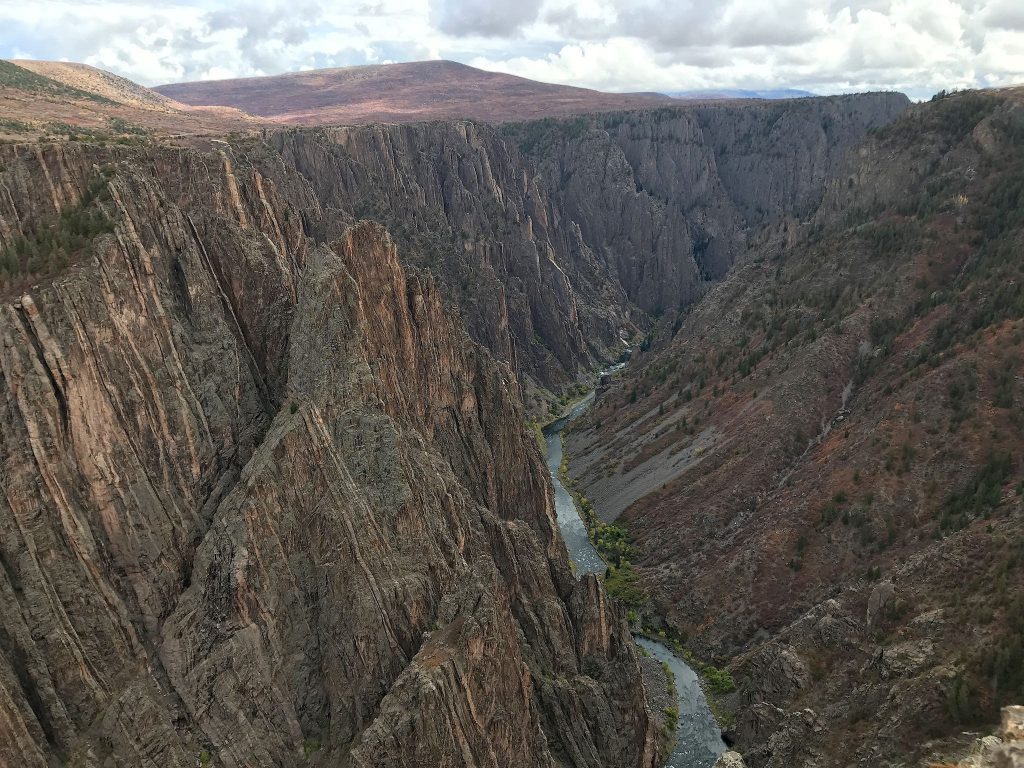
Continuing to follow the Google-Maps-suggested route south towards Telluride brought us within 9 miles of the Black Canyon of the Gunnison National Park. We’ve got time – let’s check it out!
Although it had been a National Monument since 1933, the Black Canyon was designated a National Park in 1999, so it’s one of America’s newest National Parks. Though its walls are, indeed, darker in color than some (we’d just hiked in the pink-walled canyons of Colorado National Monument…), the name actually comes from the limited sunlight that reaches the canyon floor – in some places, only 33 minutes a day – leaving much of the canyon in the shadows most of the time. The park surrounds about 12 miles (25%) of the Gunnison River where it forms one of the longest, narrowest and deepest gorges in the world. The Gunnison has been at work for millions of years creating the steep, narrow, deep V-shaped canyons – the Black Canyon’s tallest cliff (near the Painted Wall) is 2,250 feet and the narrowest point (near Devils Lookout, and surprisingly close to the Painted Wall) is 40 feet.
As we might have anticipated, this National Park is a paradise for technical climbers and boaters; for hiking, not so much…
Continue reading “Black Canyon of the Gunnison National Park”

